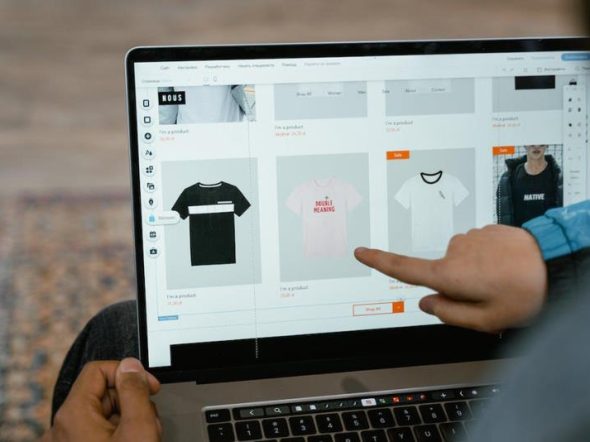Online shopping has been ingrained into the fabric of modern life. If you have an eye for spotting trends and opportunities, then e-commerce might be the right business model for you.
That said, launching a successful online store isn’t an easy feat. However, we’ve distilled the basic steps so you can follow along and start your e-commerce business today!
Find Product Opportunities
You may wonder what to sell if you’re entirely new to e-commerce. The best way to start is to identify niche items that appeal to a particular target market.
We recommend going with a target market that you understand. For example, let’s say you love to surf as a hobby. You could customize wholesale hats and tailor them for a niche audience, such as the surfing or outdoor recreational community. Consider surfing designs and choose from various popular hat types in this market, like trucker and brim hats.
The key is to identify the market you’re selling to, find their problems or interests then sell them a product that fits their needs. You can leverage competitor research to see what other brands serving this market sell.
Decide Where to Sell
You could sell your products through an existing platform or create an online store. There are benefits to each approach.
Selling on an e-commerce platform allows you to capitalize on the existing traffic that the site already brings. For example, Amazon receives over 2 billion traffic visitors per month. All you have to do is create an attractive listing that optimizes for rankability to get more visitors to your product page.
Creating an online store also has a lot of benefits and challenges. The upside is that you get to keep all of the profits. There are no commissions or fees, and you have total control over your pricing and store layout. You can also offer a more personalized customer experience, the driving factor that makes brands stand out in retail. However, you’ll have to market and gather site traffic.
Market Your Business to Attract Customers
There are dozens of ways to market your business to acquire customers. Your chosen marketing channel will depend on where you sell and your strengths.
For example, someone who sells on Amazon needs to optimize their listings, reviews, and product descriptions to rank higher. A higher ranking increases their odds of receiving more sales. If you sell on Shopify, you’ll likely want to run PPC campaigns or social media ads.
Facebook and Instagram ads provide many ad formats, such as carousels or video ads, to promote your product. Furthermore, they allow you to target a specific demographic. For example, you can filter by age, location, interests, life events, etc.
Wrapping It Up
Building an E-commerce brand is an exciting business. Whether you want extra side income or want to create a full-fledged brand with a warehouse, the sky’s the limit.
Remember to thoroughly validate your product idea and find gaps in the market where you can serve and stand out from the crowd.
With a successful e-commerce business, you can enjoy the benefits of working remotely. Start making moves today.
